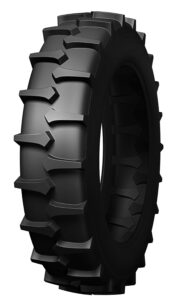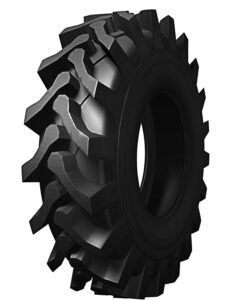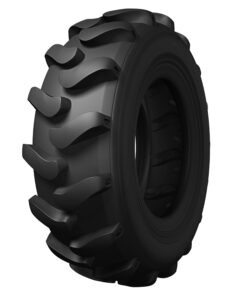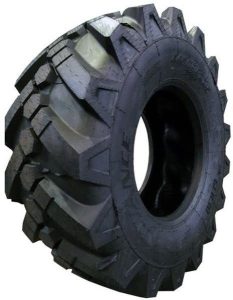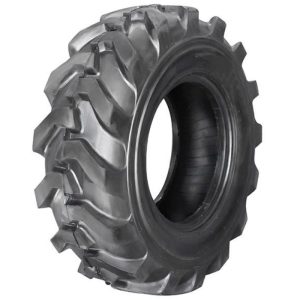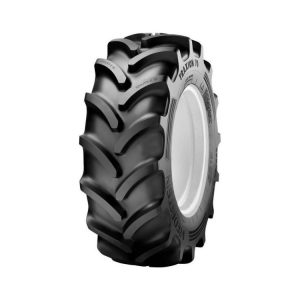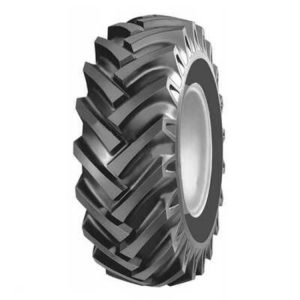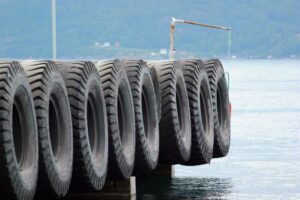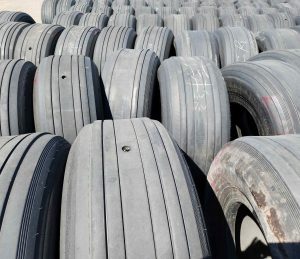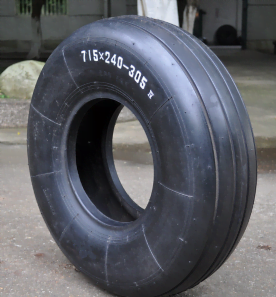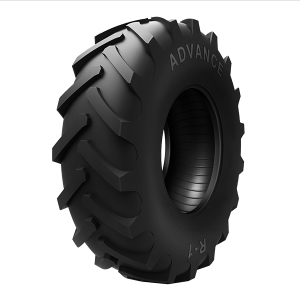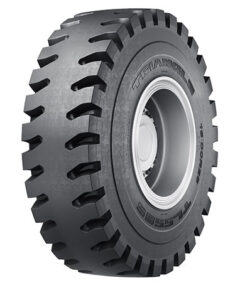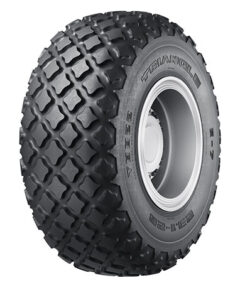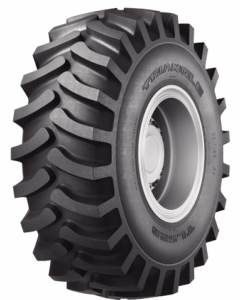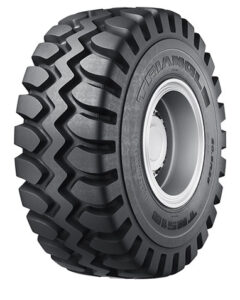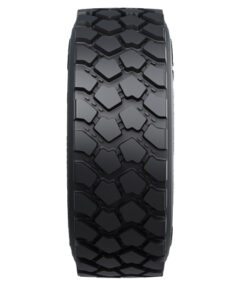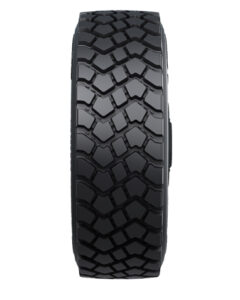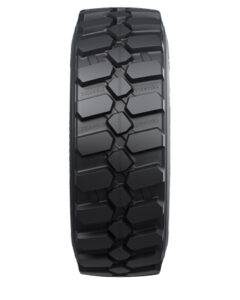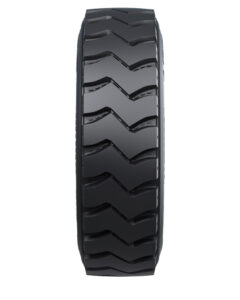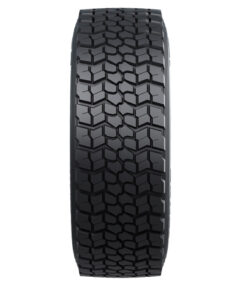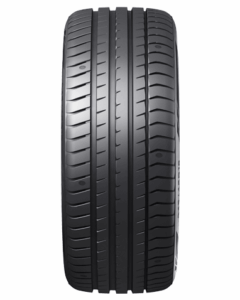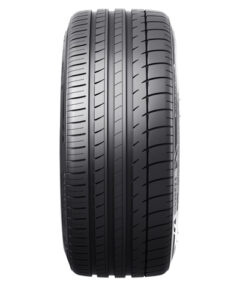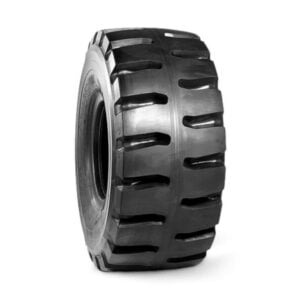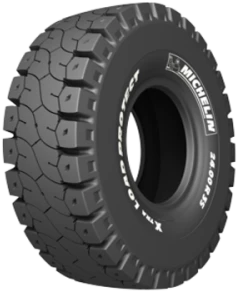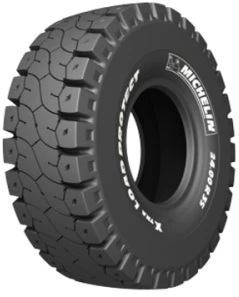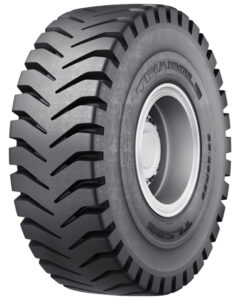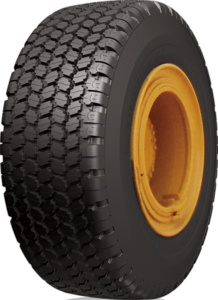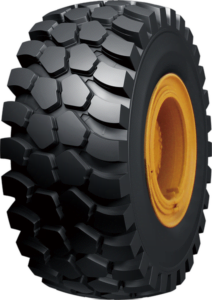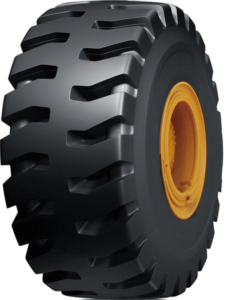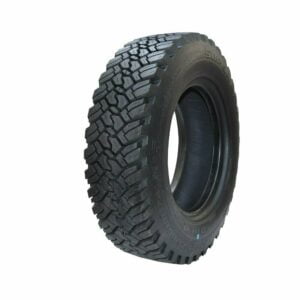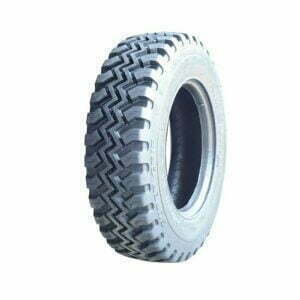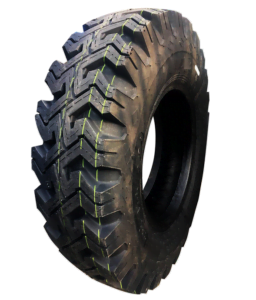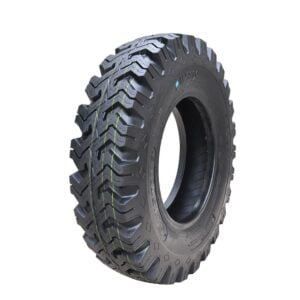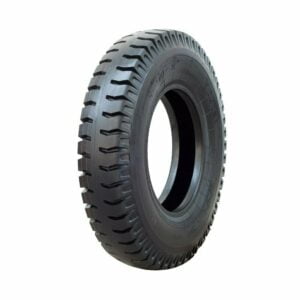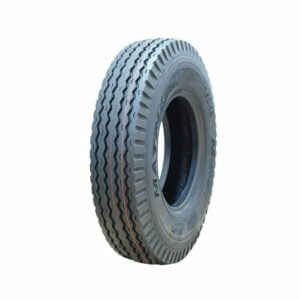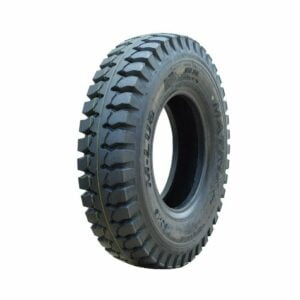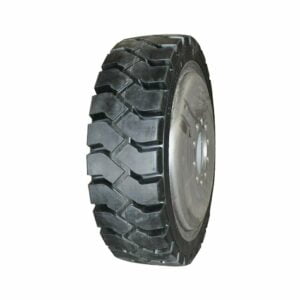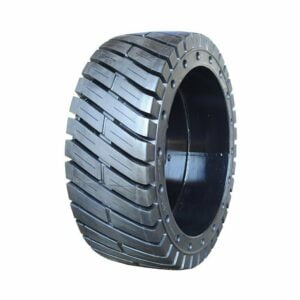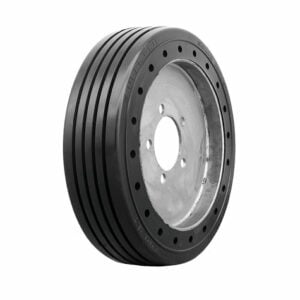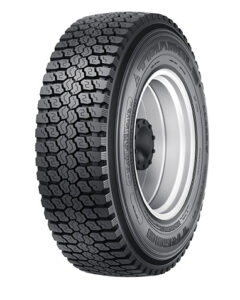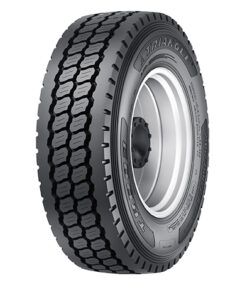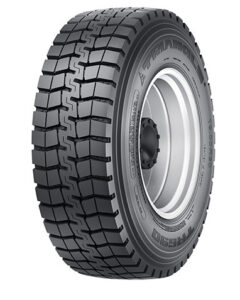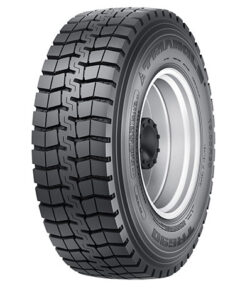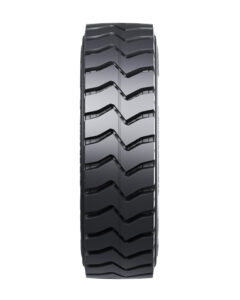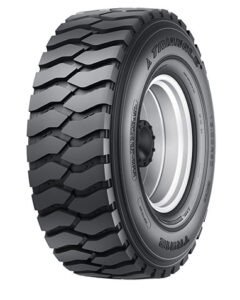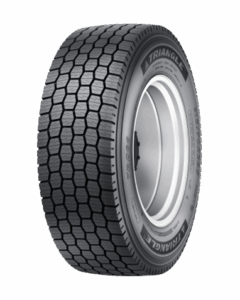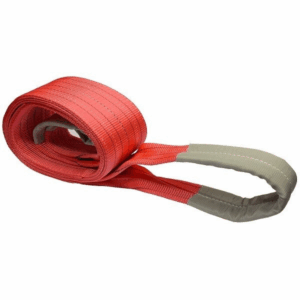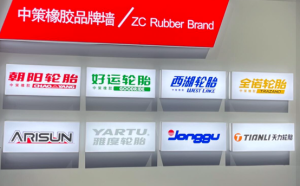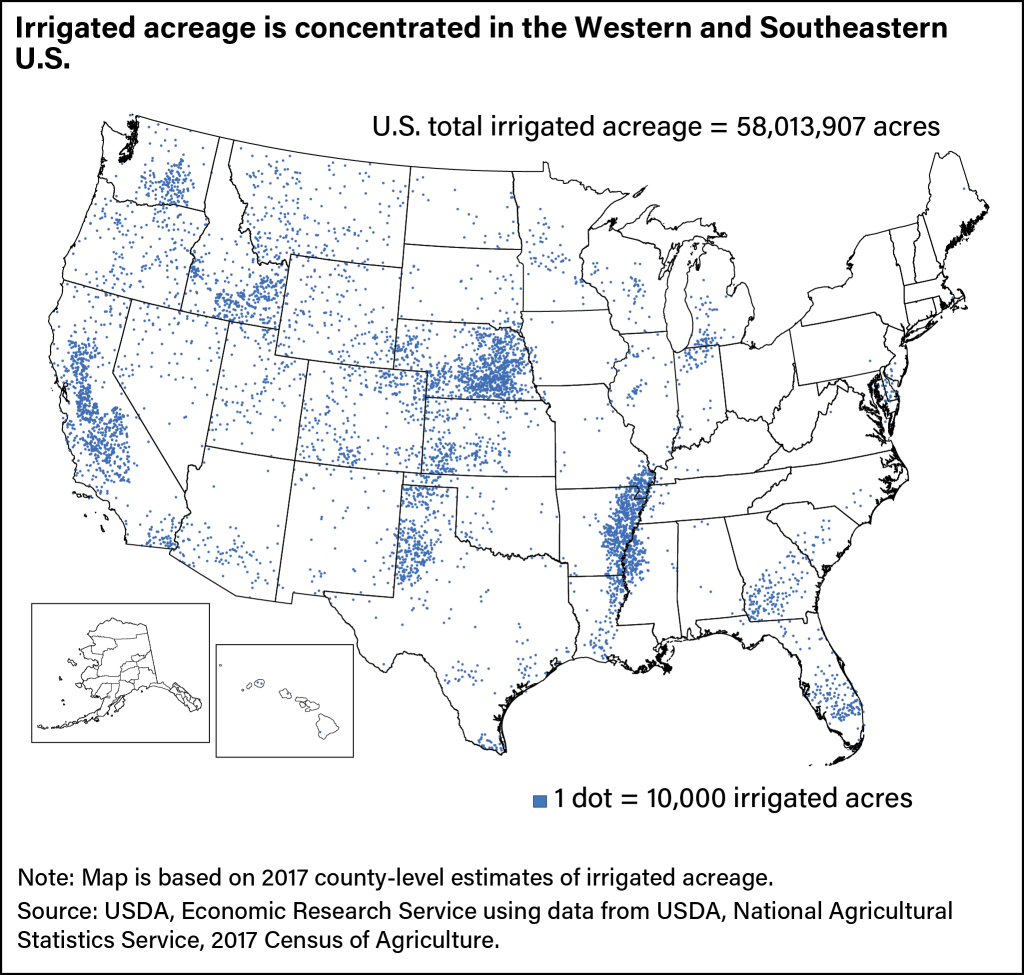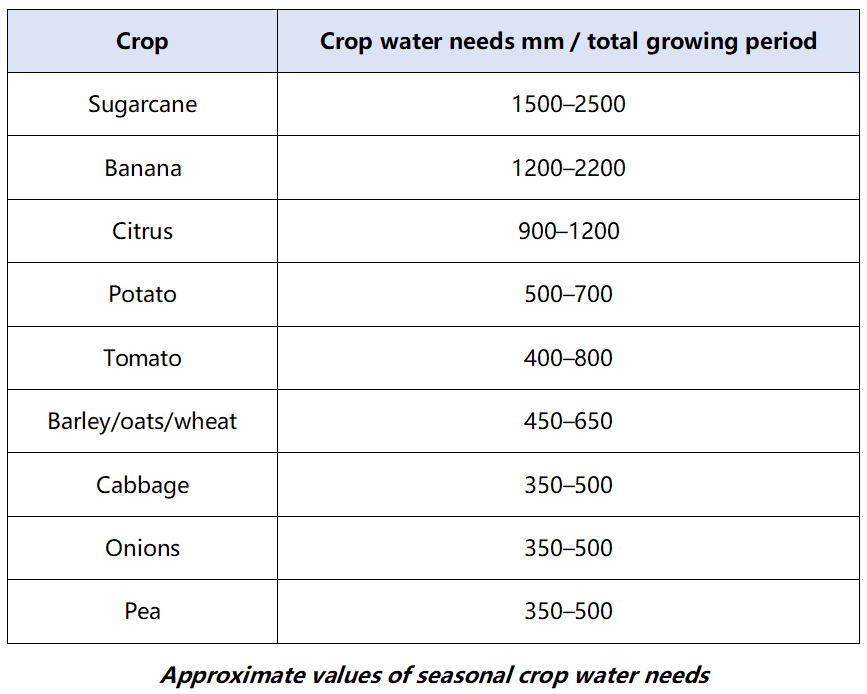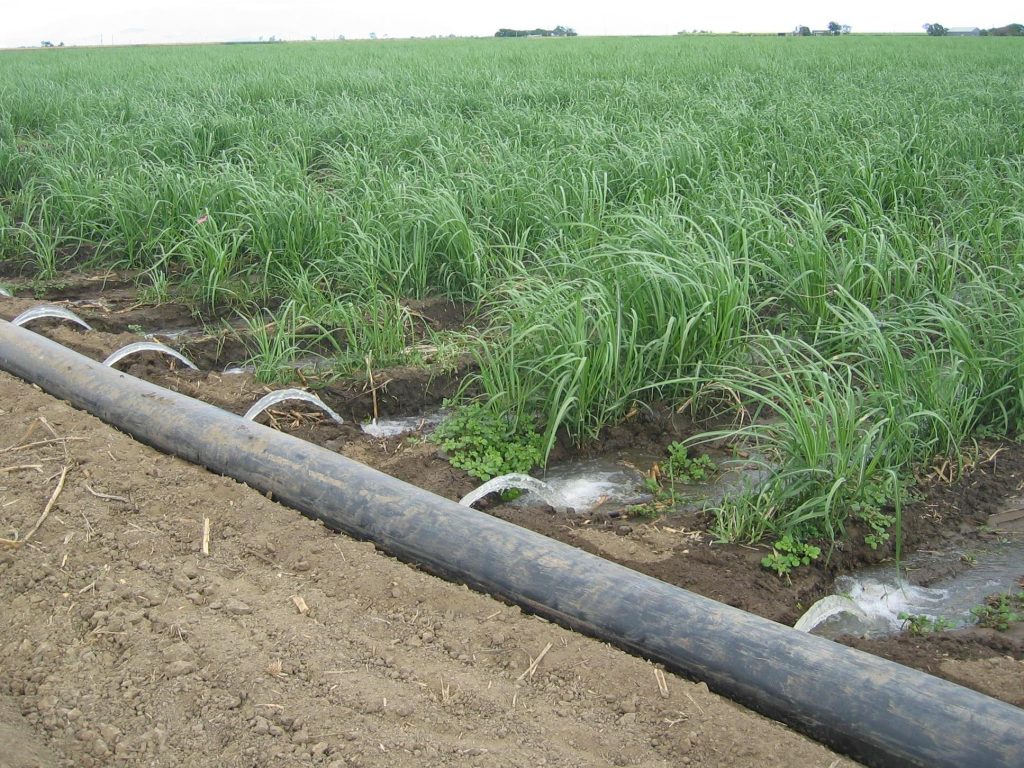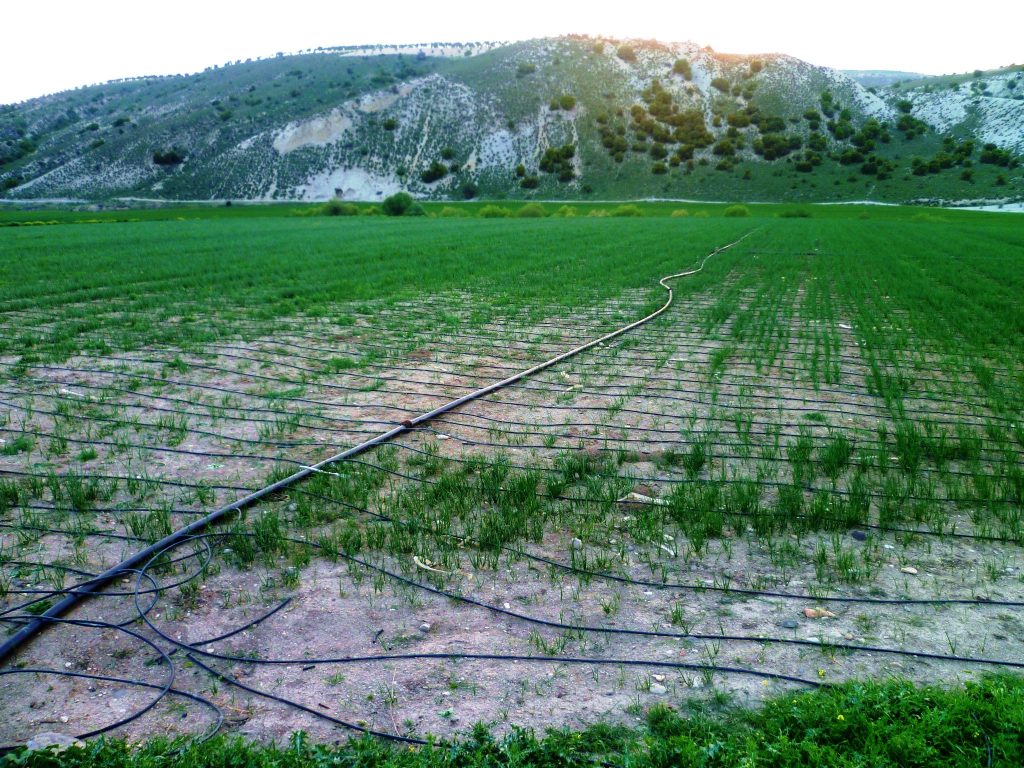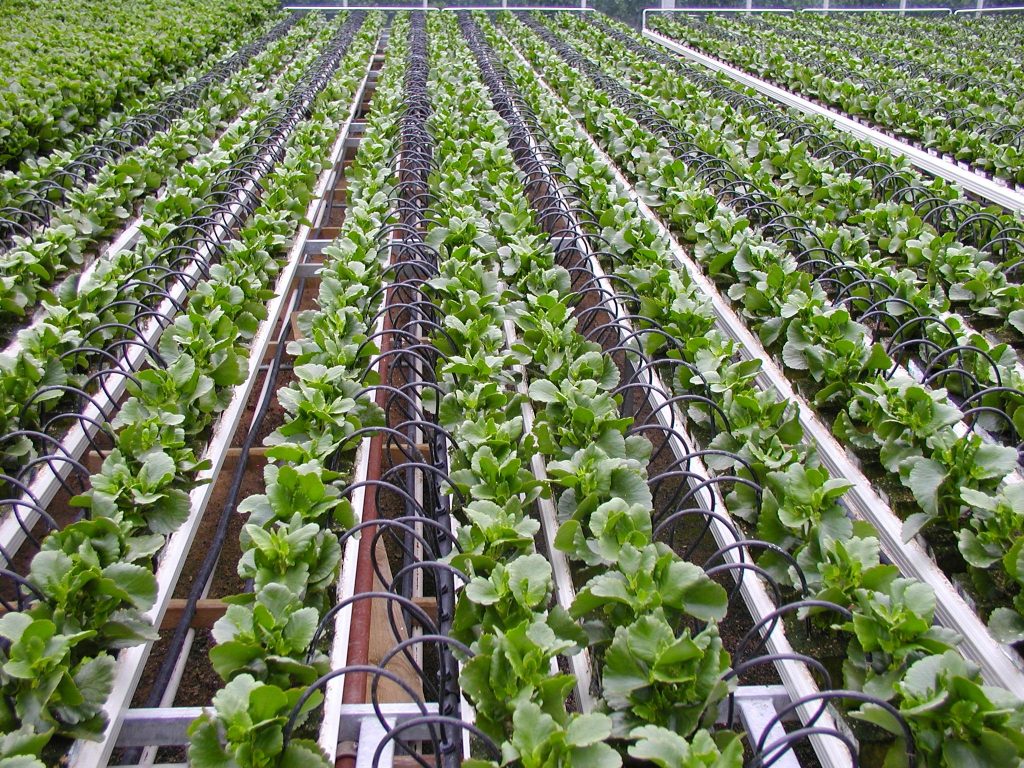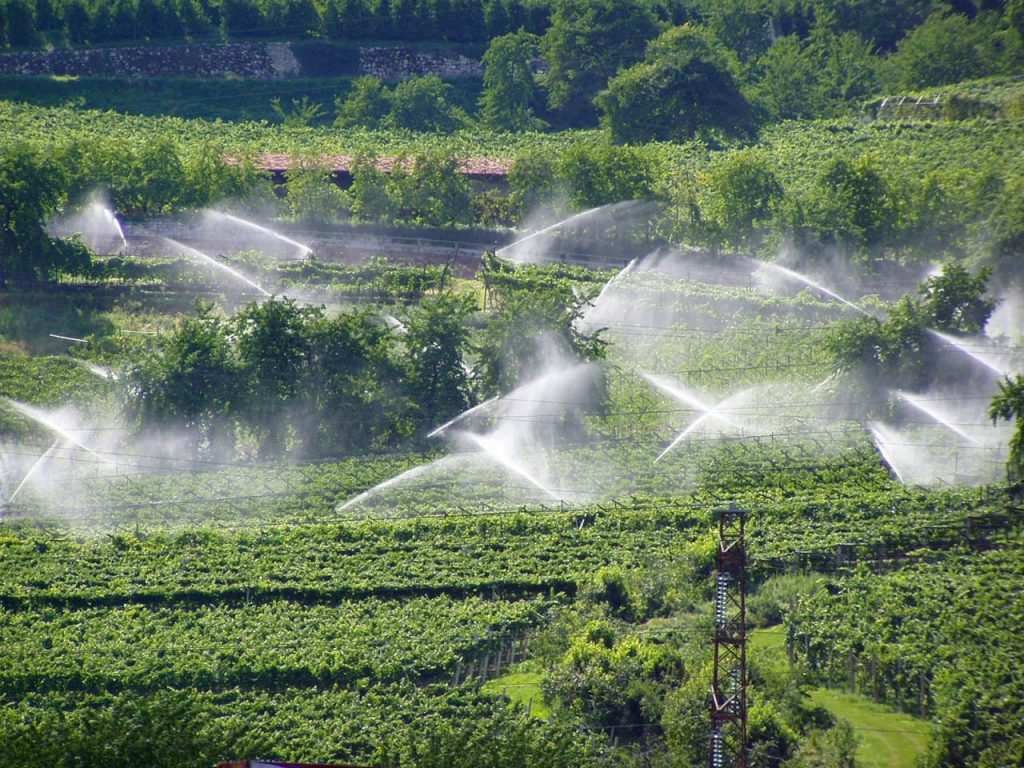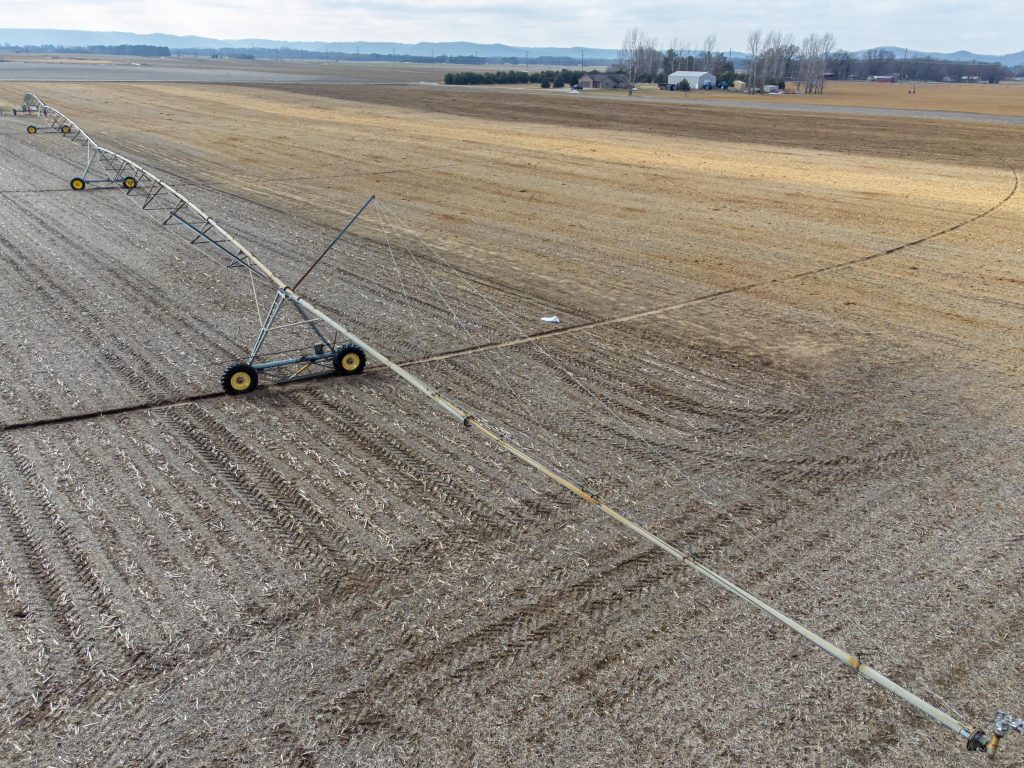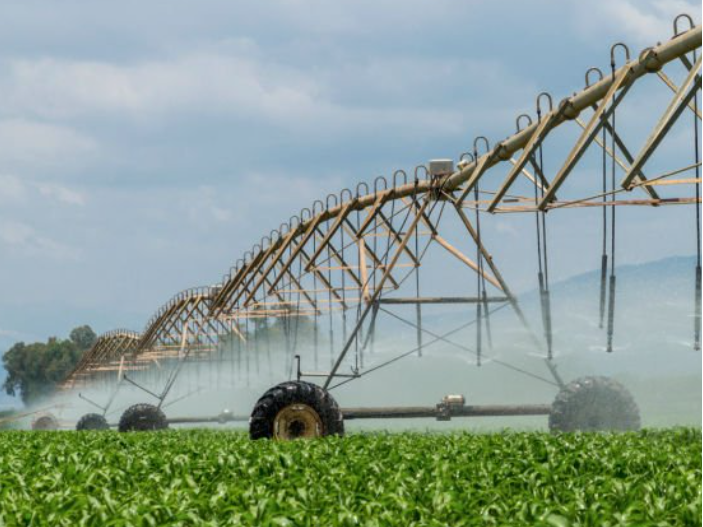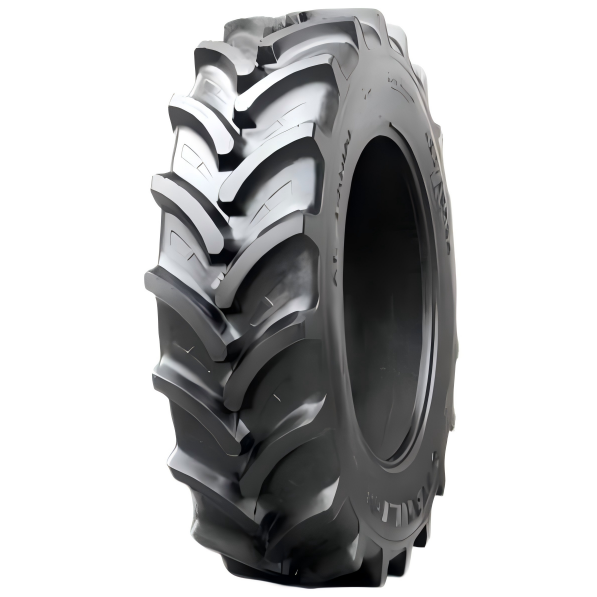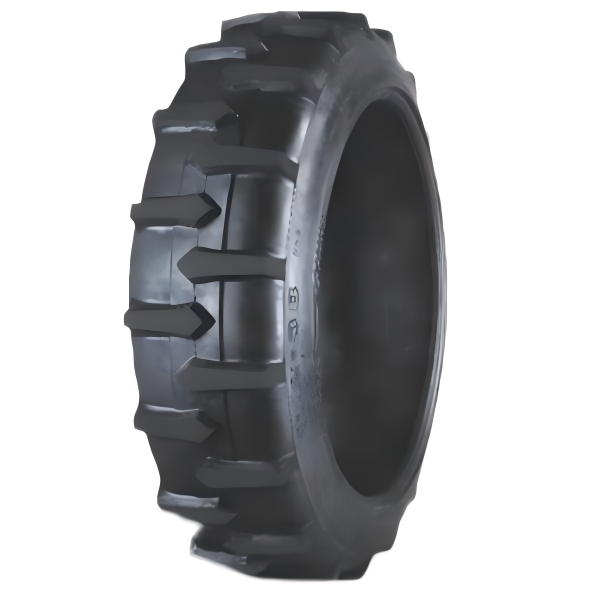As irrigation systems evolved, so did the need for reliable equipment to support them. For example, center-pivot sprinklers, essential to U.S. dry-crop farming, rely on more than just water efficiency; they also depend on durable machinery. In particular, tires play a vital role in keeping these systems mobile and effective across various terrains. As farming needs grow, the right tires are crucial to ensure these irrigation systems continue to perform at their best.
However, the reliance on standard tractor tires in the past underscored the challenges faced by these systems. These repurposed wheels proved inadequate for navigating wet and uneven terrain, which significantly hindered the effectiveness of irrigation efforts.
For example, in the 1950s, a farmer in California attempted to use standard tractor tires for his irrigation system. When rain arrived, these tires lost traction in the muddy fields, causing the machinery to become stuck. This situation created a domino effect: because the irrigation equipment was immobilized, it could not perform its critical function of watering the crops. During this time, crops required timely irrigation, especially in their key growth stages. The delay in irrigation due to the stuck machinery meant that crops did not receive enough water when they needed it most, ultimately leading to decreased yields. This example highlights the dangers of using inappropriate tires—poor traction can result in accidents, exacerbate soil compaction, and ultimately reduce productivity.
Recognizing these challenges, the introduction of specialized irrigation tires in the mid-20th century significantly transformed agricultural practices. In the 1960s, manufacturers began to understand the need for durable, terrain-specific tires, leading to the creation of the first irrigation tire. Designed to navigate tough field conditions, especially muddy terrain, these tires allowed equipment to move efficiently while minimizing soil damage.
The first significant players in agricultural irrigation were bias irrigation tires. They’re built by layering multiple sheets of rubber-coated fabric diagonally, which gives them a stiff, strong structure perfect for tough terrains. Their resilience against damage has made them a staple in farming for decades. Most importantly, many farmers find themselves in tight financial situations before the harvest season, often unable to generate any income from their land and crops. This leaves them with limited cash to invest in upgrading to more expensive equipment, as every penny counts, and there is no guarantee that the profits from their crops will cover those costs. As a result, these tough little warriors have become the first choice for farmers, perfectly suited to tackle the toughest conditions.
In the 1980s, radial irrigation tires entered the market, introducing a range of new benefits. Their plies run perpendicular to the tread, giving them a more flexible ride. With their flexible sidewalls and better load distribution, radial tires offered improved mobility and significant fuel savings due to reduced rolling resistance. A farm in Nebraska, for instance, reported a 20% reduction in fuel consumption after making the switch to radial tires. They also provide superior traction and perform well on uneven or wet surfaces, while offering longer lifespan and lower maintenance. However, the higher upfront cost of radial tires can be a challenge for smaller farms. While large operations may find the investment worthwhile, many farmers with tighter budgets still prefer bias tires for their reliable balance of durability and cost-effectiveness.

